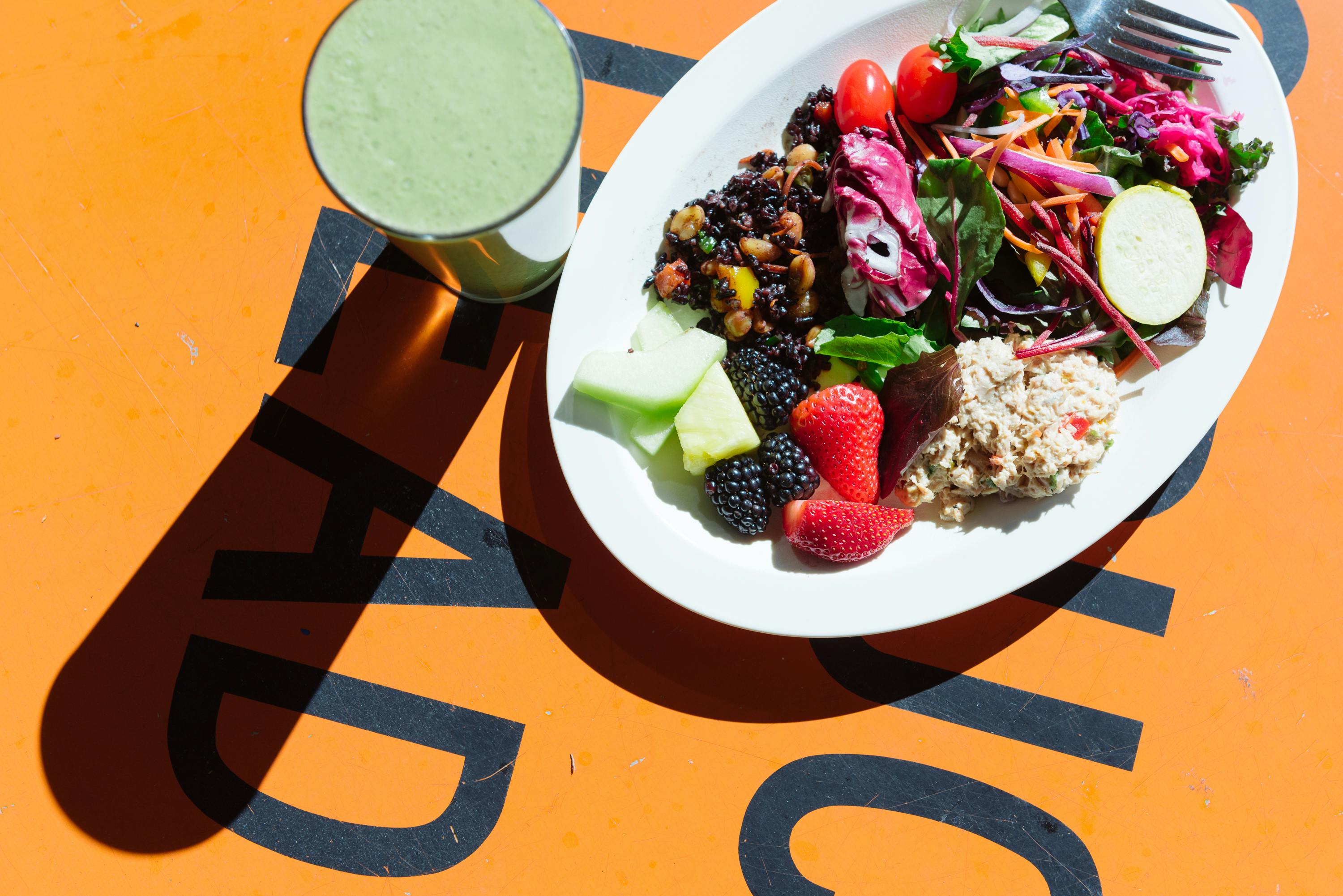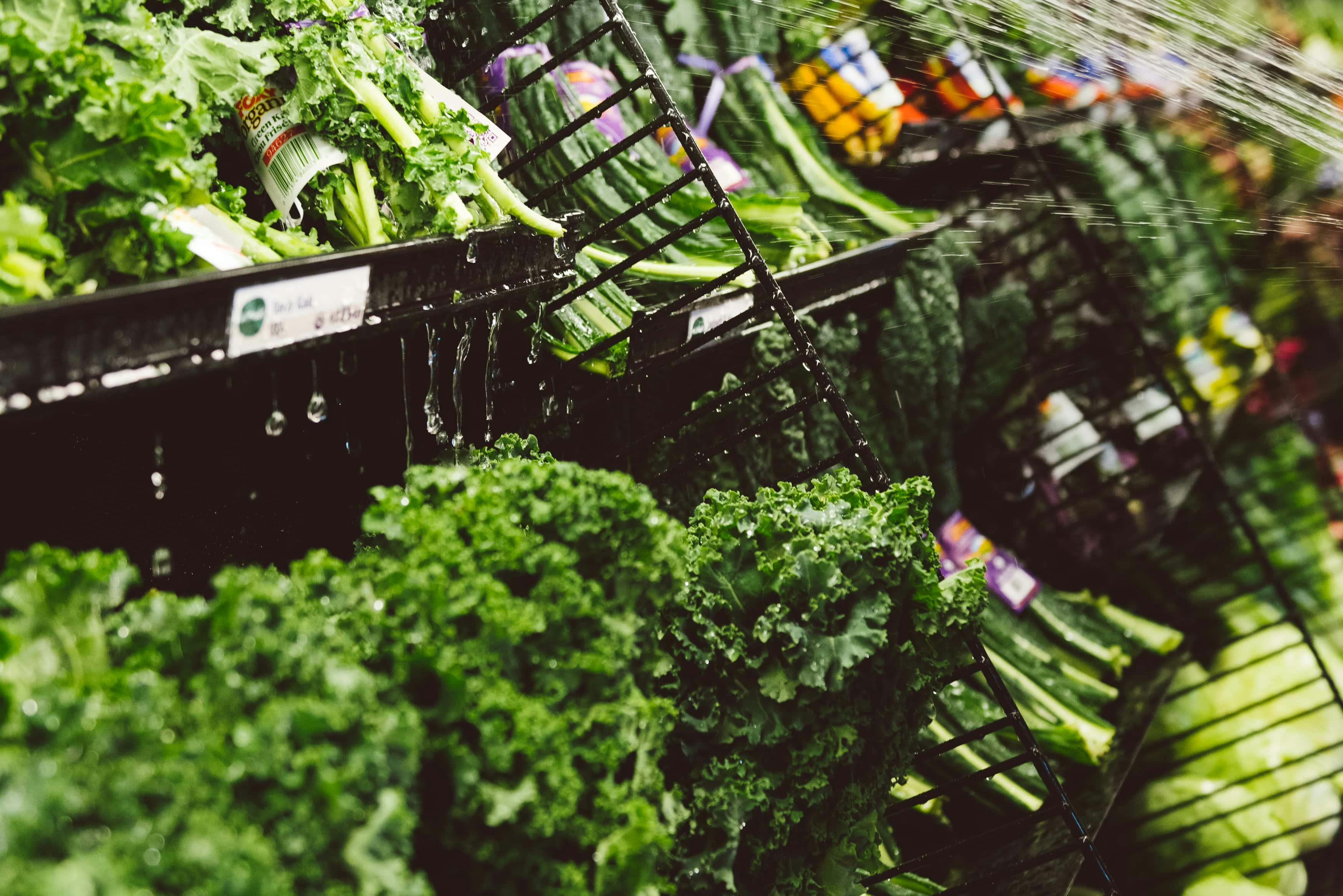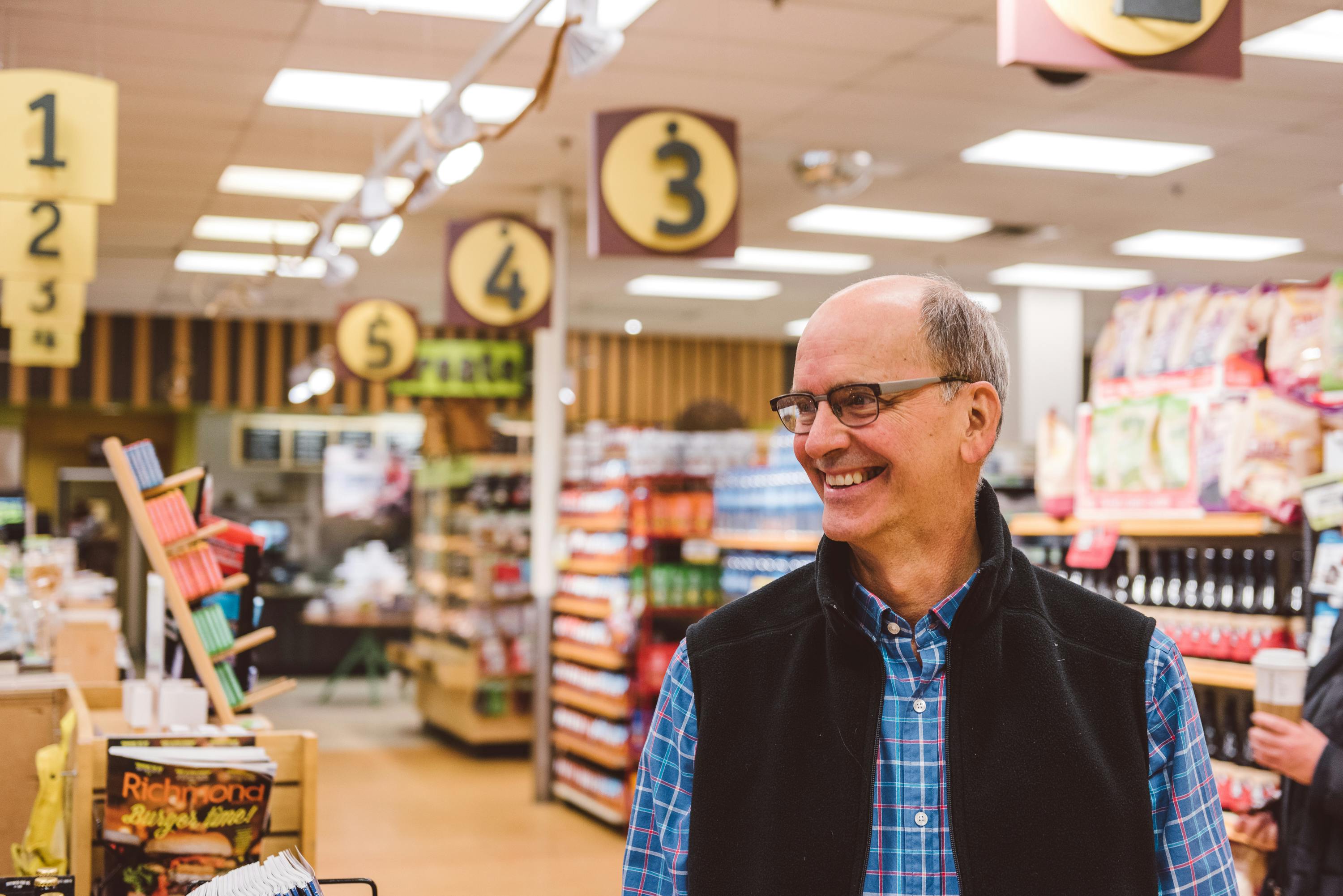Janet Aardema, Broadfork Farm
I've just returned from Virginia's annual organic farming conference, hosted by the Virginia Association for Biological Farming and Virginia State University. For the majority of the conference, my brain and heart were humming with the indispensability of diversity - diversity of farmers as well as diversity of organisms within a farm system. Joining together once a year with this group of 400 people focused on farming means a fantastic mix of people! It's an asset to our state that this annual conference is a beautiful mix of ancestries, ages, backgrounds, and job titles. This combination of people is how to make big things happen!
Deep into learning and organizing with my conference cohort, I soaked in that presenters and attendees alike focused on the importance of a diversity of species and organisms in our farming systems. For an organic farmer, diversity reigns as invaluable. Technically speaking, the industry calls this polyculture - cultivating more than one crop in the same space at the same time. But bringing multiple crops into a shared growing space multiplies the diversity. In turn, this means multiplicative benefits. Here's how.
First off, remember our historical context. We humans have cultivated crops for a relatively short time. Of all of our human history (about 300,000 years), we have farmed for only about 10,000 years. Prior to farming, humans sourced their food by hunting and gathering. "Modern" farming is only a couple of hundred years old. Very recently and very, very quickly (especially in terms of the age of the earth), monocrops became the dominant form of agriculture. What was lost, who resists this trend, and why?
Hunting and gathering happened in ecosystems not dominated by humans. I resist the term "natural" to refer to systems with less human influence because I believe strongly that humans are indeed part of the "natural" world. But our impact on the earth is undeniable. During hunting and gathering times, human impact was incredibly less than once we started cultivating crops. Modern farming (in combination with increased population) has made that impact much, much greater. What's the most significant variable? The diversity of species - or lack thereof - in the ecosystems. Native habitats - what one may call "natural" (without much human impact) - host an inspiring and almost overwhelming amount of biodiversity. These habitats are also the most stable - resisting erosion, collapse, flooding, or whatever stress threatens it. The complex web of resident organisms is strong and hardy. THIS is the type of ecosystem an organic, regenerative farmer works to emulate, because nature shows us that a diverse system is a resilient system.
And so, while cultivating crops to feed their community, diversified vegetable farms often grow not one or four crops per year, but rather up to fifty different crops for sale PLUS additional crops to benefit the system as a whole but which are not sold.
With a diversity of crops comes a diversity of insects. Having many insects present in a farming system often allows us farmers to get help from beneficial insects when they eat problematic bugs. As regenerative farmers, we also intentionally contribute to the diversity in the soil by the amendments (ie. fertilizers) we use to feed the soil. When we say "feed the soil" we mean we add elements and compounds and bacteria and fungi (in the correct amounts and concentrations) to allow the microorganisms in the soil to have a wide-ranging buffet on which to thrive. A diversity of crops also contributes to the diversity of microorganisms in the soil. Plant roots secrete "root exudates" that support a diversity of microbial life. Robust and diverse soil microbiology facilitates nutrient uptake by the crops. A plant accessing more nutrients from the soil is both a healthier crop and more nutritious for the human that eats it. Furthermore, having a wide variety of crops to rotate through spaces in a farming system means more years until a crop is grown in the same soil again. (Once every five to seven years is much better than once every three years.) See how this diversity has multiplicative benefits?
Regenerative, organic farmers see it as their job to foster diversity in all of these parts of the farming system. Diversity at multiple stages allows healthier soil which makes for a more resilient farm. This works out well for us all. Our community members eat more nutritious food, our soil is healthier, our farms tolerate stress better, and, in turn, our farms are more sustainable. Support your nearby organic, regenerative farm to see this type of farming grow!











